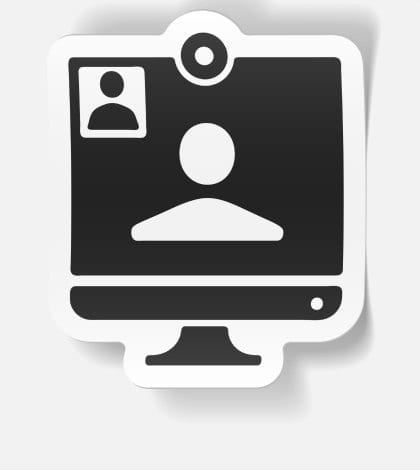Notaries Embracing Webcams
June 13, 2017

A webcam, electronic signature, and digital version of a stamp or seal have stepped in to modernize the notarization process in the U.S. The idea of virtual notarizations first became possible in 2012, when Virginia enacted a remote notarization law, followed quickly by a similar law in Texas. Digital-notary apps and sites like DocVerify, NotaryCam, Safedocs, and SIGNiX have helped modernize the notary process. “I don’t think people realize how important a part of the economy notarization is,” Adam Pase, co-founder of remote-notary service Notarize, told NPR. “Despite the fact that there are so many [notarizations], the industry really hasn’t changed much in literally centuries. It certainly hasn’t kept up with the digital economy.” The digital process allows someone to upload a document to an app or website, then be connected to a notary by video. Via split-screen, the notary verifies a government I.D., witnesses a signature (made using a finger or mouse), and adds their electronic signature and a digital stamp or seal. Not all of American’s 4 million notaries are behind the shift. “Allowing that appearance to take place via audio/video communication technology is certainly new and to some extent, untested,” said Bill Anderson, vice president of government affairs at the National Notary Association. “We’re being cautious. But we are trying to accommodate those that think this is a good idea and add some security to it.”
Read full article at:
Daily Updates
Sign up for our free daily newsletter for the latest news and business legal developments.




